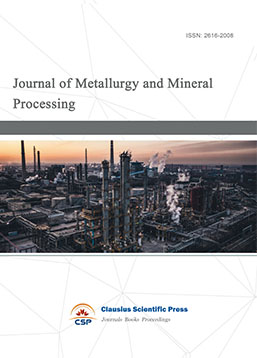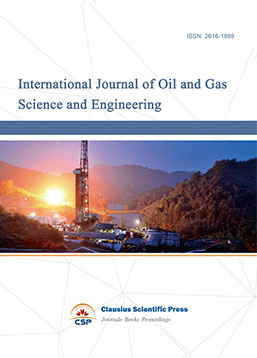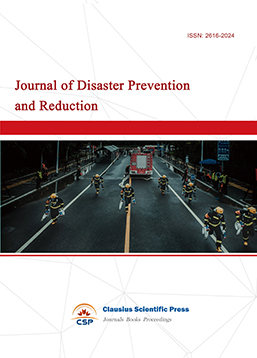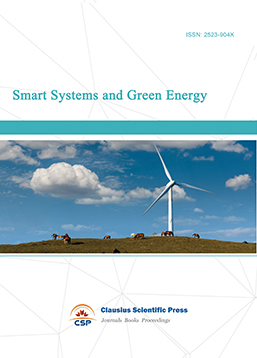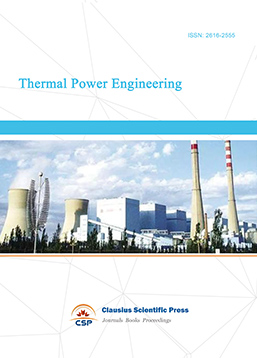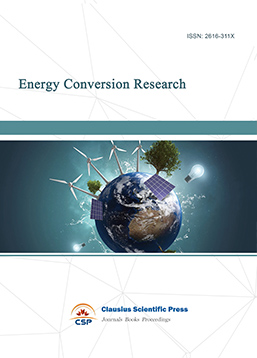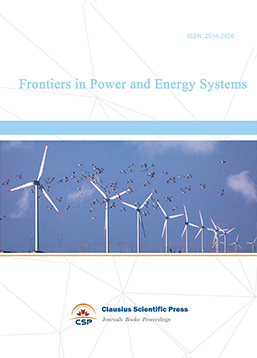Environmental impact assessment from marble exploitation on surface and underground water in SAKALALINAMADAGASCAR
DOI: 10.23977/jmest.2019.11001 | Downloads: 73 | Views: 6795
Author(s)
NICOLAS Obin 1, Xiuzhi Shi 1
Affiliation(s)
1 School of Resources and Safety Engineering, Central South University, Changsha 410083, China
Corresponding Author
NICOLAS ObinABSTRACT
The determination of the impacts of marble exploitation on the surface and underground water at SAKALALINA-MADAGASCAR was determined by assessing the physico-chemical properties of the water samples obtained from SAKALALINA and its environs. The concentration of Fe, Mn, Cu, Zn, Pb, Cd, Hg, As and selected major ions in water samples were analyzed in the laboratory to assess their role in the contamination of both surface and ground water. The water in this Study area is mainly used for drinking and industrial purposes followed by agriculture to some extent.
KEYWORDS
Marble exploitation, Environment impacts, Physico-chemical analysis, Surface and underground water, PollutionCITE THIS PAPER
NICOLAS, O., Xiuzhi, S., Environmental impact assessment from marble exploitation on surface and underground water in SAKALALINAMADAGASCAR, Journal of Mining Engineering and Safety Technology (2019) 1: 1-20. DOI: http://dx.doi.org/10.23977/jmest.2019.11001.
REFERENCES
[1] Panamello, R. and Mohano, O. (1973) Principle and Problems of Groundwater Resource with Cases Example from Developing Countries. Riparian Right and Pollution.
[2] Ezenabor, B.O. (1991) Pollution of Water Whatever Description Is Actionable Riparian Right.
[3] Egboka, B.C.E., Nwankwo, G.I., Orajaka, I.P. and Jiofor, A.O. (1989) Guidelines for Drinking Water Quality (World Water) Illinois Groundwater Pollution.
[4] Offodile, M.E. (1992) An Approach to Groundwater Study and Development in Nigeria. Mecon Geology and Engineering Services Ltd., Jos.
[5] Oteze, G.E. (1981) Water Resources in Nigeria Environment. Vol. 3, Springer, Bertlin Heidelberg, 177-184.
[6] World Health Organisation (1994) International Standard for Drinking Water. 8th Edition, Geneva, 53 p.
[7] United State Environmental Protection Agency (2012) Edition of the Drinking Water Standards and Health Advisories.
[8] National Agency for food and Drugs Administration and Control, Nigeria (2008) To Safeguard the Public Health of the Nation.
[9] Hem, J.D. (1970) Groundwater Hydrology. McGraw-Hill, Kogakusha, LTD, Tokyo, 480 p.
[10] ANDRIAMAROFAHATRA J.; Boisse H.; Nicollet C., 1990: U-Pb dating on monazites and zircons of the last major granulitic tectono-metamorphic episode in southeastern Madagascar. Accounts of the Paris Academy of Sciences, 310, II. 1643-1648pp.
[11] COLLINS and WINDLEY, 2002: The tectonic evolution of central and northern Madagascar and its place in the final assembly of Gondwana. Journal of Geology. 325 - 340 pp.
[12] COLLINS A. S .; PISAREVSKI S. A., 2005: Amalgamating Eastern Gondwana: The evolution of Circum-Indian Orogens. Earth-Science Reviews 71 (2005). 229-270pp.
[13] COLLINS A. S., 2006: Madagascar and the amalgamation of central Gondwana. Gondwana research 9 (2006). 3 - 16pp.
[14] COLLINS A.S .; SANTOSH M .; BRAUN; CLARK C., 2007: Age and sedimentary origin of the Southern Granulites, South India: U-Th-Pb SHRIMP secondary ion mass spectrometry. Precambrian Research 155 (1-2). 125-138pp.
[15] COULIBALY L., 1996: Structural interpretation of lineaments by satellite image processing: the case of the Abitibi and opatica subprovinces (Quebec). Final dissertation. 61-65pp.
[16] COX R .; AMSTRONG R .; ALSWAL L., 1998: Sedimantology, geochronology and provenance of the proterozoic Itremo group, Central Madagascar and applications for pre.Gondwana paleogeograph, Journal of the Geological Society. London, vol. 155. 1009 - 1024 pp.
[17] FOUCAULT A.; RAOULT J., 2000: Dictionary of Geology; Masson 5th edition. 352P.
[18] Chikuni, O., A. Polder, J.U., Skaare and Nhachi, C.F.B. 1997. An Evaluation of DDT and DDT Residues in Human Breast Milk in the Kariba Valley of Zimbabwe. Bulletin Environmental Contamination Toxicology, pp. 776–778.
[19] Conboy, M. J. and M. J. Goss. 2000. Natural protection of groundwater against bacteria offecal origin. Journal of Contaminant Hydrology 43:1-24.
[20] Davis, R. and R.Hirji (eds). 2003a. Water Quality Management: Assessment and Protection. Water Resources and Environment Technical Note D.1. World Bank, Washington DC.
[21] Davis, R. and R.Hirji (eds). 2003b. Water Quality Management: Wastewater Treatment. Water Resources and Environment Technical Note D.2. World Bank, Washington DC.
[22] Davis, R. and R. Hirji (eds). 2003c. Water Quality Management: Non-point Source Pollution. Water Resources and Environment Technical Note D.3. World Bank, Washington DC.
[23] Fu, J., Zhou, Q., Liu, W., Wang, T., Zhang, T. and G. Jiang. 2008. High levels of heavy metals in rice (Oryzasativa L.) from a typical E-waste recycling area in southeast China and its potential risk to human health. Chemosphere 71: 1269–1275.
[24] Hutton, M. 1987. Human Health Concerns of Lead, Mercury,Cadmium and Arsenic in Hutchinson T.C. and Meema K. M. (eds) Lead, Mercury, Cadmium and Arsenic in the Environment. John Wiley, London.
[25] Ministry of Environmental Protection. Technical Guidelines for Environmental Impact Assessment - Groundwater Environment. HJ610-2011. 2011.2 Released
[26] Department of Supervision and Management, National Environmental Protection Agency. Training Materials for Environmental Impact Assessment. Chemical Industry Press. 2000:176-190
[27] The Fourth Group of Hydrogeology, Hebei Geological Bureau. Handbook of Hydrogeology. Beijing: Geological Publishing House. 1978: 69-122, 341-385
[28] Editor-in-Chief Liu Zhengfeng. Hydrogeology Handbook. Silver Sound Press. 2005:1013-1040
| Downloads: | 103 |
|---|---|
| Visits: | 9849 |
Sponsors, Associates, and Links

 Download as PDF
Download as PDF